Nanotechnology Unveiled: Nanotechnology, the science of manipulating matter at the scale of atoms and molecules, is transforming the world as we know it. Imagine building machines so small you need a microscope to see them, or creating materials stronger than steel but lighter than a feather. That’s the power of nanotechnology-and it’s already shaping our future in medicine, energy, electronics, and beyond.
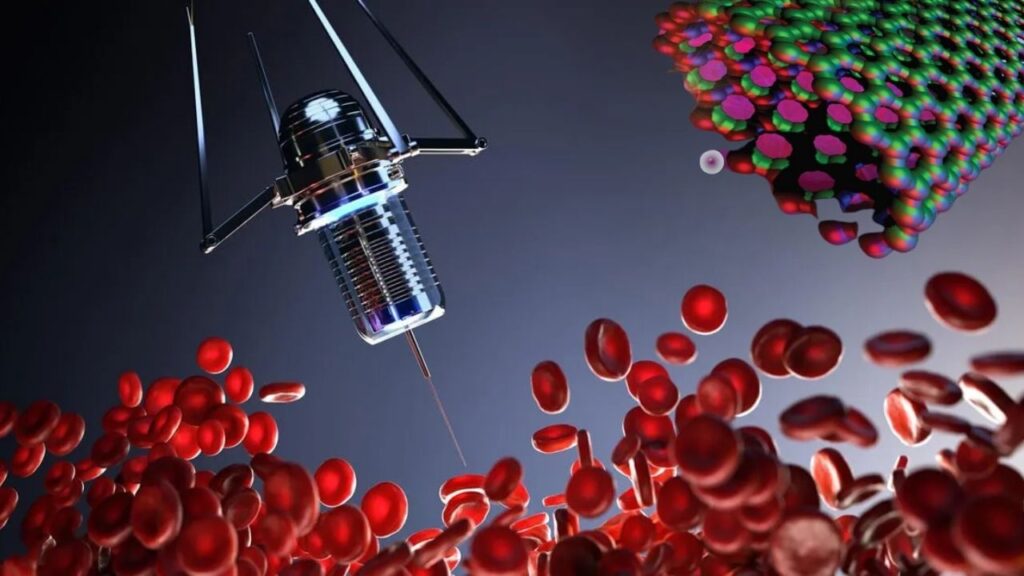
In this article, we’ll explore how nanotechnology is tackling some of the world’s biggest challenges, from fighting disease to powering clean energy. Whether you’re a curious student, a professional in the field, or just someone fascinated by science, you’ll discover how these tiny innovations are making a huge difference.
Table of Contents
Nanotechnology Unveiled
| Feature/Stat | Details |
|---|---|
| Global Market Size (2025) | $8.78 billion, projected to reach $115.41 billion by 2034 (CAGR: 33.14%) |
| Employment | Over 800,000 people work in nanotechnology worldwide |
| Top Hubs | USA, Poland, India, UK, Germany |
| Key Applications | Medicine, Energy, Environment, Electronics, Materials, Agriculture |
| Top Startups | Nanize, Infrascreen, KorganoTech, Madrigal Mental Care, NcodiN |
| Official Resource | National Nanotechnology Initiative |
Nanotechnology is more than just a buzzword-it’s a game-changer that’s already solving some of humanity’s toughest problems. From curing diseases and cleaning our environment to powering the next generation of electronics, these tiny innovations are making a huge impact. As the field grows, so do the opportunities for students, professionals, and innovators to get involved and shape the future.
What is Nanotechnology?
Nanotechnology is the study and application of extremely small things, typically between 1 and 100 nanometers. For perspective, a single sheet of paper is about 100,000 nanometers thick! At this scale, materials can behave very differently, unlocking new possibilities for science and industry.
Why Does Size Matter?
When you shrink things down to the nanoscale, they can become stronger, lighter, more reactive, or even conduct electricity differently. This is because atoms and molecules interact in unique ways at this tiny scale.
How Nanotechnology is Changing the World
Medicine: Fighting Disease at the Smallest Scale
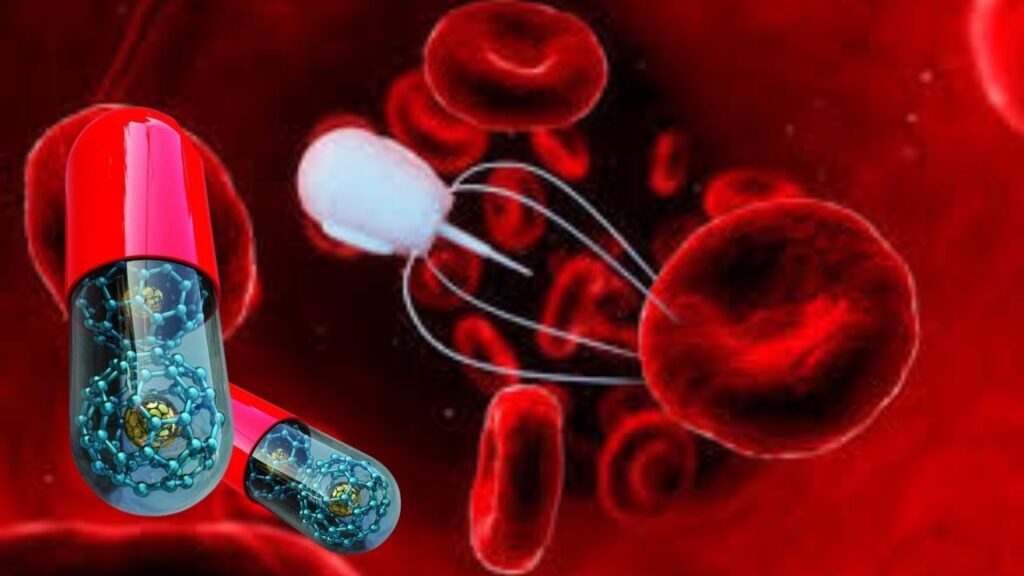
Nanotechnology in medicine is revolutionizing how we diagnose, treat, and even prevent diseases:
- Targeted Drug Delivery: Tiny particles deliver medicine directly to sick cells, such as cancer cells, reducing side effects and improving results.
- Early Diagnosis: Nanosensors can detect diseases like cancer or heart problems much earlier than traditional tests.
- Smart Implants: Nanotech-enabled implants can monitor your health in real time and even release medicine when needed.
- Wound Healing: Bandages with nanoparticles help wounds heal faster and fight infections.
- Tissue Engineering: Nanofibers act as scaffolds, helping the body repair tissues and organs.
Example: Gold nanoparticles are being used to deliver chemotherapy drugs directly to tumors, sparing healthy cells and reducing side effects.
Energy: Powering a Cleaner Future

Nanotechnology is making energy cleaner, cheaper, and more efficient:
- Solar Power: Nanomaterials like quantum dots and nanowires help solar panels capture more sunlight, making solar energy more affordable and efficient.
- Batteries: Nanomaterials boost battery performance, allowing electric cars to go farther and devices to charge faster.
- Wind Energy: Carbon nanotubes make wind turbine blades lighter and stronger, increasing efficiency.
- Fuel Cells: Nanoparticles improve the performance and durability of fuel cells, which generate electricity cleanly.
- Nuclear Energy: Nanoparticle-enriched fuels withstand higher temperatures, making nuclear power safer and more efficient.
Example: Quantum dot solar cells can absorb more sunlight, even from cloudy skies, making renewable energy more reliable.
Environment: Cleaning Up Our World
Nanotechnology is helping us protect the environment in new ways:
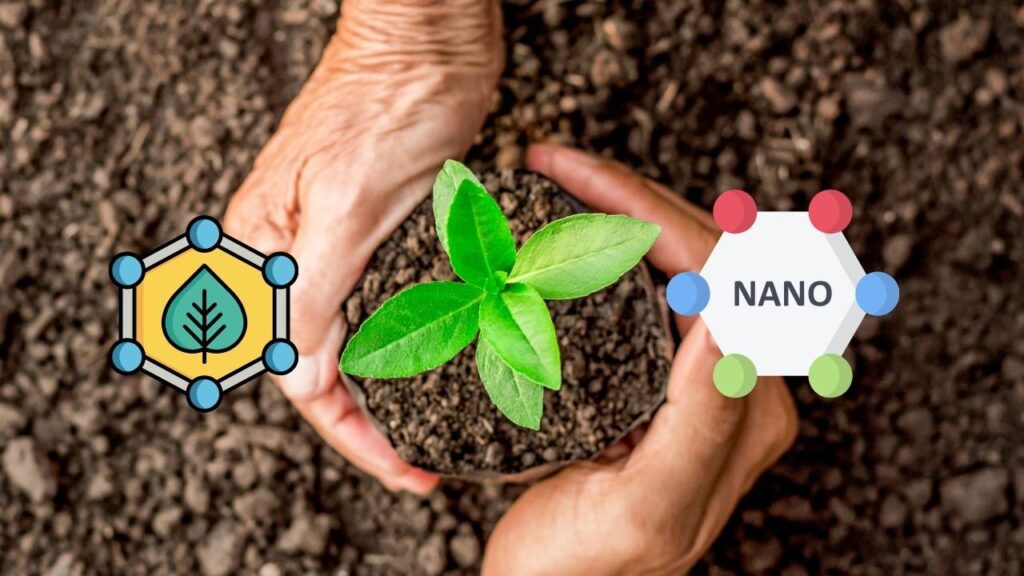
- Water Purification: Nanomaterials filter out harmful chemicals and bacteria, providing clean water even in remote areas.
- Air Filtration: Nanotech-based filters remove pollutants from the air, improving indoor and outdoor air quality.
- Soil Remediation: Nanoparticles break down toxic chemicals in soil, helping to clean up contaminated land.
- Sustainable Agriculture: Nano-fertilizers and pesticides deliver nutrients and protection directly to plants, reducing waste and pollution.
Example: Nanosponges can soak up toxins from polluted water, making it safe to drink.
Electronics: Smaller, Faster, Smarter
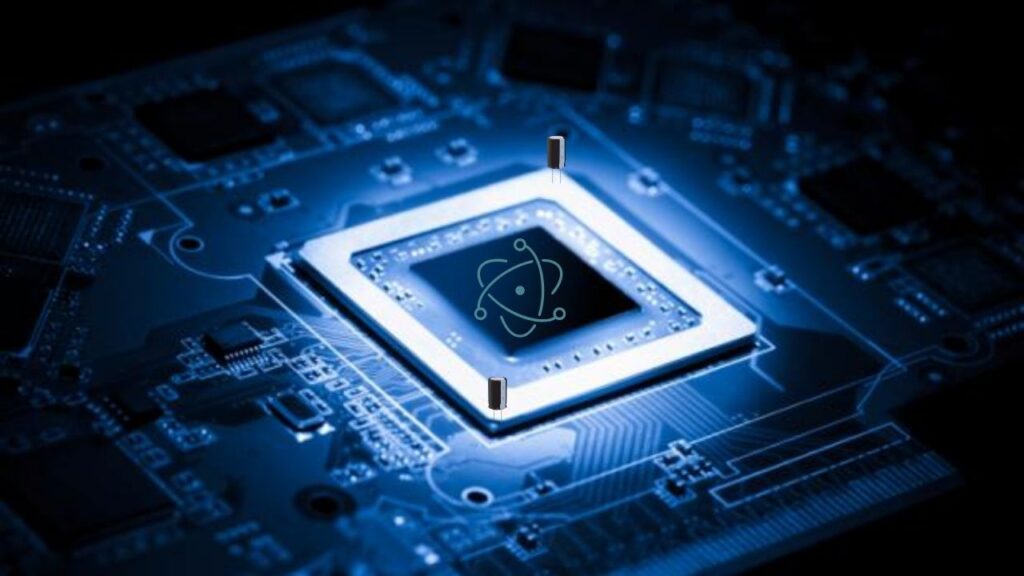
Nanotechnology is at the heart of the digital revolution:
- Miniaturization: Nanoscale transistors power today’s fastest computers and smartphones.
- Flexible Electronics: Nanomaterials enable bendable screens and wearable devices.
- Quantum Dots: Used in TVs and displays for brighter, more energy-efficient screens.
Example: Your smartphone contains billions of tiny transistors, each just a few nanometers wide, thanks to nanotechnology.
Materials: Stronger, Lighter, Better
Nanotechnology is creating materials with amazing properties:
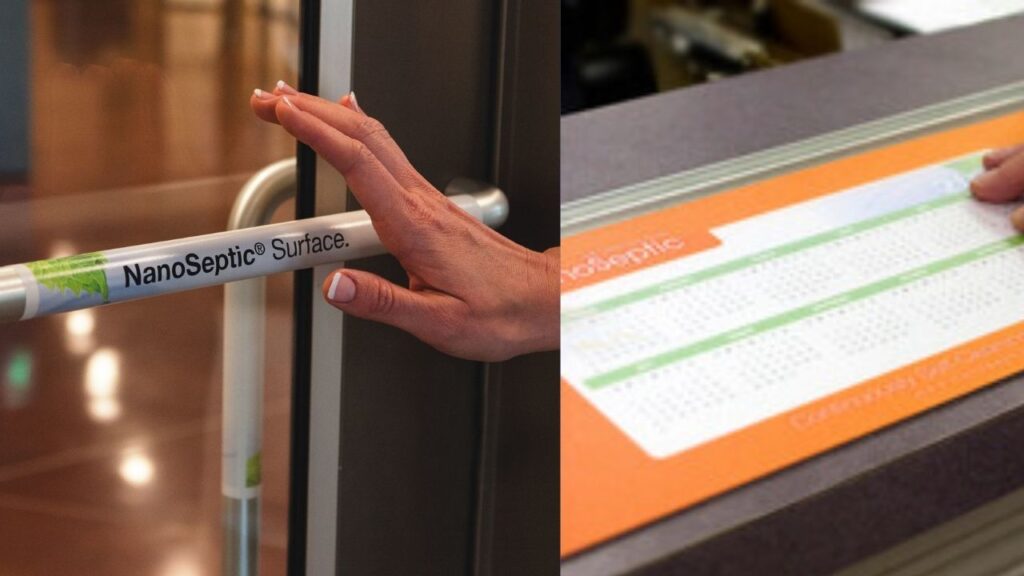
- Stronger and Lighter: Carbon nanotubes and graphene are stronger than steel but much lighter, used in sports equipment, cars, and airplanes.
- Self-cleaning Surfaces: Nanocoatings make windows, clothes, and more resist dirt and water.
- Smart Fabrics: Clothes with nanosensors can monitor your health or change color.
Example: Tennis rackets made with carbon nanotubes are both lighter and more powerful, giving athletes an edge.
The Nanotechnology Market: Big Growth for a Tiny Science
The global nanotechnology market is booming. In 2025, it’s valued at around $8.78 billion and is expected to soar to $115.41 billion by 2034, growing at an impressive 33% per year. Over 800,000 people work in this field worldwide, with hubs in the USA, India, UK, Germany, and Poland.
Key trends driving growth:
- Integration with artificial intelligence (AI) for faster research and development.
- New startups and investments, with thousands of funding rounds and billions invested by top players.
- Expanding applications in healthcare, energy, environment, and electronics.
How to Get Started in Nanotechnology
Whether you’re a student, researcher, or professional, here’s how you can dive into the world of nanotechnology:
1. Learn the Basics
- Study physics, chemistry, biology, and materials science.
- Explore online courses on popular platforms.
2. Get Hands-On Experience
- Join school or university labs that focus on nanoscience.
- Participate in science fairs or internships with nanotech companies.
3. Stay Updated
- Follow reputable nanotechnology news and research sources.
- Read industry reports and attend conferences.
4. Network and Collaborate
- Connect with professionals on social and research networks.
- Join organizations dedicated to nanotechnology.
5. Consider a Career
- Nanotechnology offers roles in research, engineering, manufacturing, healthcare, and more.
- Top employers include tech companies, research institutes, and startups.
Quantum Leap: Understanding the Impact of Quantum Computing on Cybersecurity
Inside the Lab: Breakthroughs in Organic Solar Cells Could Change Energy Forever
From Silicon to Organic Semiconductors: The Future of Computing Explained
FAQs About Nanotechnology
What is nanotechnology in simple terms?
Nanotechnology is the science of making and using things that are incredibly small-so small you can’t see them without a microscope. These tiny tools and materials can do amazing things, like help doctors fight diseases or make computers faster.
How is nanotechnology used in medicine?
It’s used for targeted drug delivery, early disease detection, smart implants, wound healing, and even building new tissues and organs.
Is nanotechnology safe?
Most nanotechnology is safe, but scientists are carefully studying its effects on health and the environment to make sure it doesn’t cause harm.
What jobs are available in nanotechnology?
You can work as a researcher, engineer, technician, or product developer in fields like healthcare, electronics, energy, and materials science.
How can I learn more about nanotechnology?
Check out official nanotechnology initiatives, take online courses, or visit science museums.



















